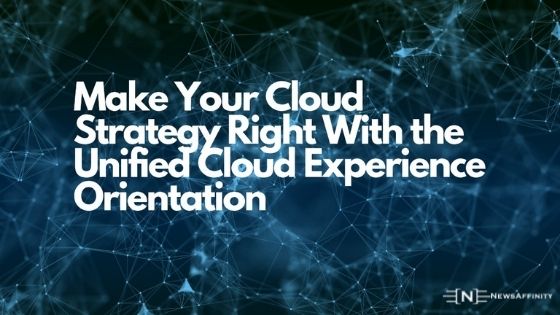Cloud has seen enormous growth in recent years. In these unprecedented times, the adoption has accelerated further to ensure business continuity and provide businesses the required agility and resiliency. Organisations have different IT environments, from on-premises to private cloud to multiple public cloud(s) procured over time to support the business requirements, thus creating a hybrid multi-cloud environment. It is a challenge for CIOs or CTOs to ensure that various infrastructure pieces (on-premises workloads, cloud, network, security, etc) work together cohesively to achieve the true promise of cloud; be it agility, scalability, security, automation or cost-efficient operations. Complexity increases, when businesses add new cloud environments into their digital ecosystem, and hence the need for the hour is a streamlined and well-orchestrated model that can deliver unified cloud experience to the businesses.
Understand your current cloud challenges:
Many a time, organisations get into the execution mode and take isolated decisions when adopting the cloud. They either consider only the cost or select a platform that is suited for a specific workload without mapping the interdependencies and integrations required across other workloads and data sources to ensure a connected, digital ecosystem.
Some of the common challenges faced by enterprises when adopting cloud:
- Planning: Without proper planning, migration to cloud can lead to added complexity and risk, along with cost escalations. The highest risk comes with a stalled project or one with a false start which can set a cloud program back by months, even years. Organisations often don’t have a clear understanding and in-house capabilities to identify the cloud needs for the business such as rate of migration, cost and flexibility, implementation expertise, security and privacy effectiveness, to name a few.
- Security: Shared responsibility is often a challenge, as organisations don’t understand their role in the responsibility matrix, making their cloud environments exposed to external threats and vulnerabilities.
- Regulatory and compliance: As cloud ecosystem involves multiple stakeholders – service providers, service brokers, customers, and cloud security provider – management of data across multiple parties may lead to compliance challenges.
- Expertise and awareness: Advanced cloud models and the hybrid multi cloud ecosystem requires highly trained and skilled professionals to operate it effectively. Problem further surges when organisations fail to leverage automated functions, scripts and tool sets that are available due to lack of expertise.
Strategise your cloud:
The first step to successful cloud adoption is to have clarity between a company’s cloud strategy and their cloud implementation plan. The most suited cloud platform compatible with different type of workloads, should be identified to augment the cloud estate to be coherent and synchronous with the enterprises’ business needs. A unified approach is required to maintain a balance between an organisations’ traditional and cloud infrastructure, to create a cohesive IT ecosystem. To enable a unified cloud experience for the businesses, the organisations need to operationalise their hybrid multi-cloud environments, factoring migration, security, compliance, data, and network needs.
This can be achieved by:
- Effective migration plan: Organisations need to identify the right cloud venue, rate of migration, integration with existing environment(s), consolidation approach, among others.
- Improving procurement strategy: This involves analysing the size of the organization, industry type, the relevant applications and categorisation of the data being processed. Organisations also need to identify the right storage options, integration of data repositories, which will be in conjunction with data sovereignty and classifications.
- Streamline security: A seamless and connected security policy must be drafted that secures the organisation from cloud-to-edge, enabling Cloud Security Posture Management (CSPM). Organisations need to have a clear understanding of the shared responsibility model that outlines the accountability of the cloud provider and cloud user, to ensure full coverage of cloud security and hassle-free governance.
- Adherence to compliance: In the hybrid multi-cloud environment, organisations need to understand and comply to the Data Privacy policies, localisation laws, industry regulations, and any other relevant government directives.
- Optimising the network: One of the most important pillars for a successful cloud strategy is the network. Architecting and optimising the network is crucial to support the hybrid multi-cloud environments. Along with provisioning the secure direct connectivity to cloud, managing the latency and response times also play a critical role.
- Effective orchestration tool: Organisations need an orchestration tool which then integrates these different IT environments, networks, security solutions into a single dashboard and creates a single-pane-of-glass view which enables continuous autonomous governance for all IT resources.
With businesses integrating themselves onto cloud solutions, it is proving to be effective for organisations to have a unified cloud model to meet all their business needs. The recent evolutions in the field of cloud computing validate the need for a more sophisticated hybrid multi-cloud model to drive efficiencies for businesses to propel under any circumstances, making cloud adoption a prudent investment and not a cost.

